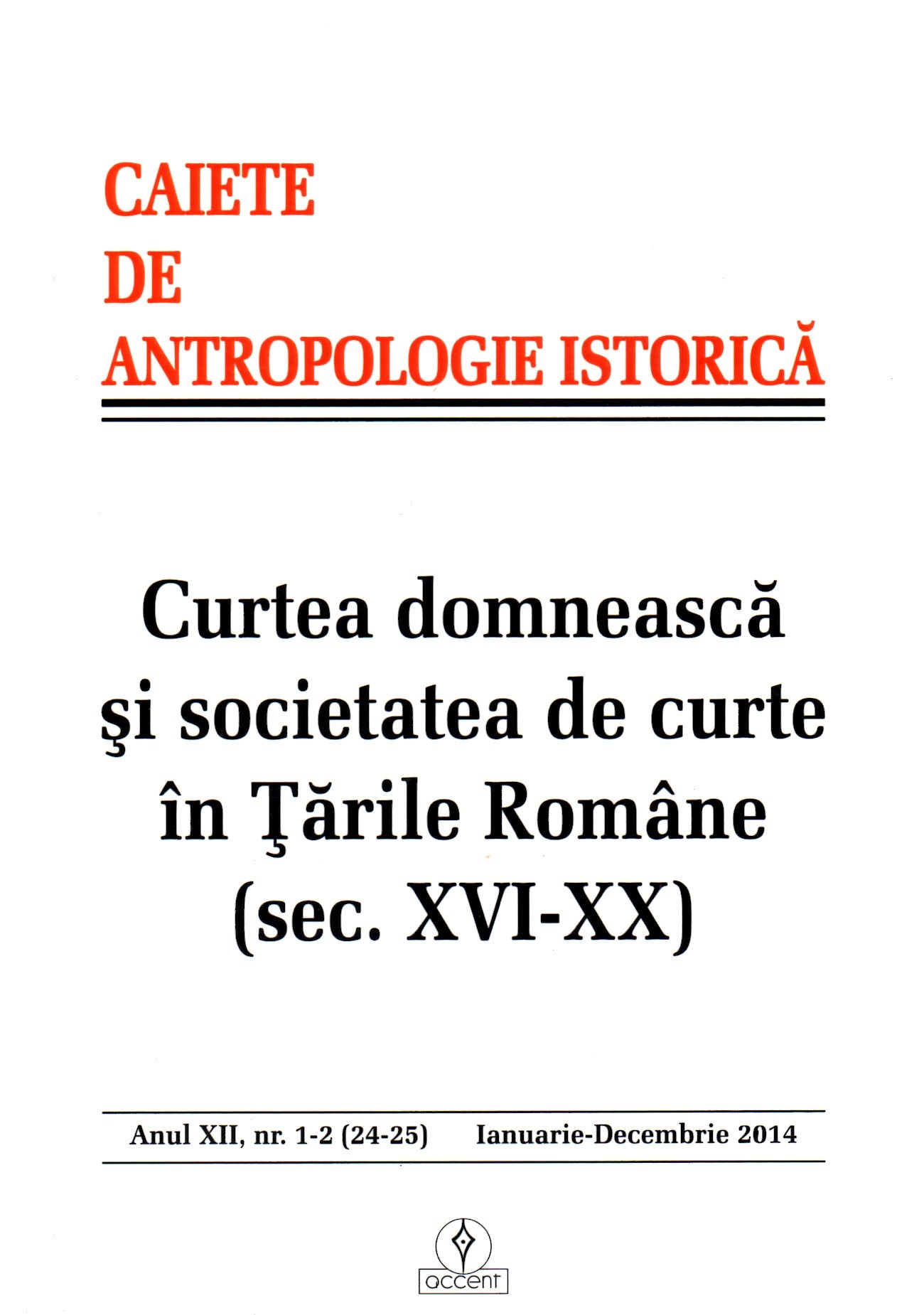Modelul social al curţii princiare a Transilvaniei: o încercare în aplicarea conceptelor lui Norbert Elias
The Social Model of the Princely Courts of Transylvania: an Attempt at Employing Norbert Elias's Concepts
Author(s): Péter ErdősiSubject(s): Cultural history, Local History / Microhistory, Social history
Published by: Accent Publisher
Keywords: Norbert Elias; the court society; the Transylvanian principality;
Summary/Abstract: The scholarship regrading the princely court in Transylvania gained prominence, enriching the knowledge concerning the princely state, the society and the culture of the principality. We can almost consider the results of this common enterprise, to which numerous scholars contribute, as preliminary studies of a bigger unitary whole, as construction stones of the synthesis of studies regarding the court from Alba Iulia. The overview of this synthesis, from which many parts are missing, can be prepared by a common conception and by the collaboration through the division of tasks of the historians studying the Transylvanian principality. From the mosaic parts of partial researches a complete and coherent creation can be achieved only by organized collaboration, because the accrual of distinctive parts in itself would not be sufficient for organizing knowledge in such a manner that the basic summation of the parts should form a unitary whole with an added value compared to the amount of the parts. A preliminary consensus between scholars at the level of the presentation of the logical course of research and the specification of the more important questions is to be favored over the ulterior imposition of some organizing principles of the existing contributions. In view of this purpose one must establish the content of the desired synthesis and the following must be agreed: what is the social model of the princely court that the historians employ during their research, in order to establish a distinctive direction of thought and scholarship on the basis of the chosen model. As an outline for the above-mentioned considerations, I wish to present several features of the model we seek. Such a model should go beyond the fixed, rigid, formal presentation of the social structure of the court, seeking the changing, flexible elements as well; it should observe the relational networks of court characters from a temporal and fluctuating angle. It is precisely because of the temporal angle that social history should incorporate the history of events, the results of political history. Such a model would take into account the steps that need to be taken to go beyond the “individual” model to the “collective” one and vice-versa. Perception and representation would consider them as suitable forces for the constitution of groups, it would showcase social actors in their condition of imaginators and it would open up pathways towards cultural history as well. It is worth structuring the available material in the light of Elias’s work, despite all the difficulties emerging from the peculiarities of the sources on the court from Alba Iulia – like the intermittences inside the network of interdependent relations. In the arguments I bring in favor of the rereading of The Court Society I underlined the fact that Elias’s methods and concepts have the power to inspire even today. Elias’s figurational sociology – updated by the approach and concepts of social history and contemporary historiography – respectively the problematics of The Court Society with all its theses – nuanced by the newest findings of the scholarship referring to the European state of the modern era and the courts of the rulers – should facilitate in a greater measure the formulation of a model referring to the social model of the princely court in Transylvania.
Journal: Caiete de Antropologie Istorică
- Issue Year: 2014
- Issue No: 24-25
- Page Range: 73-84
- Page Count: 10
- Language: Romanian

